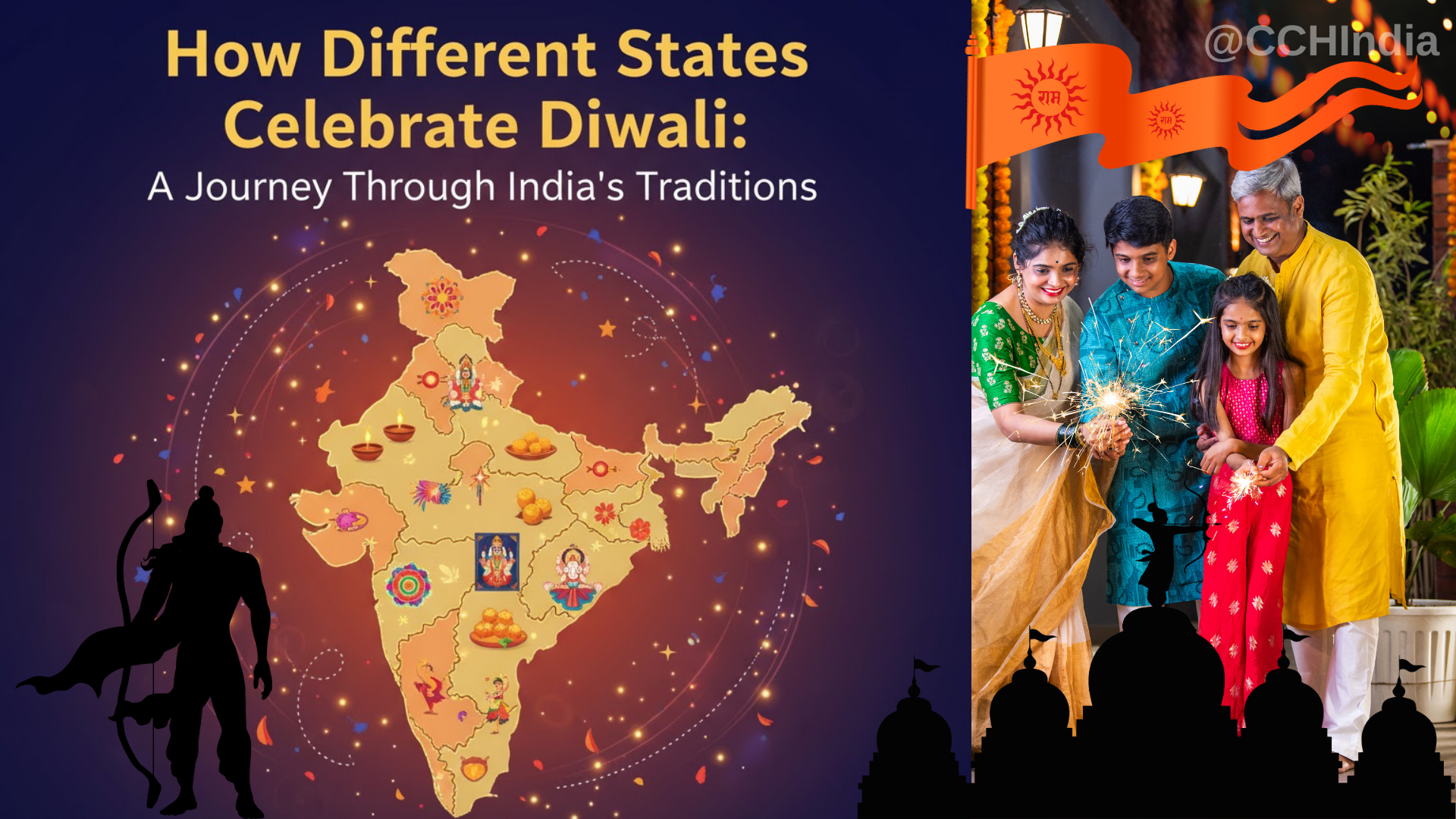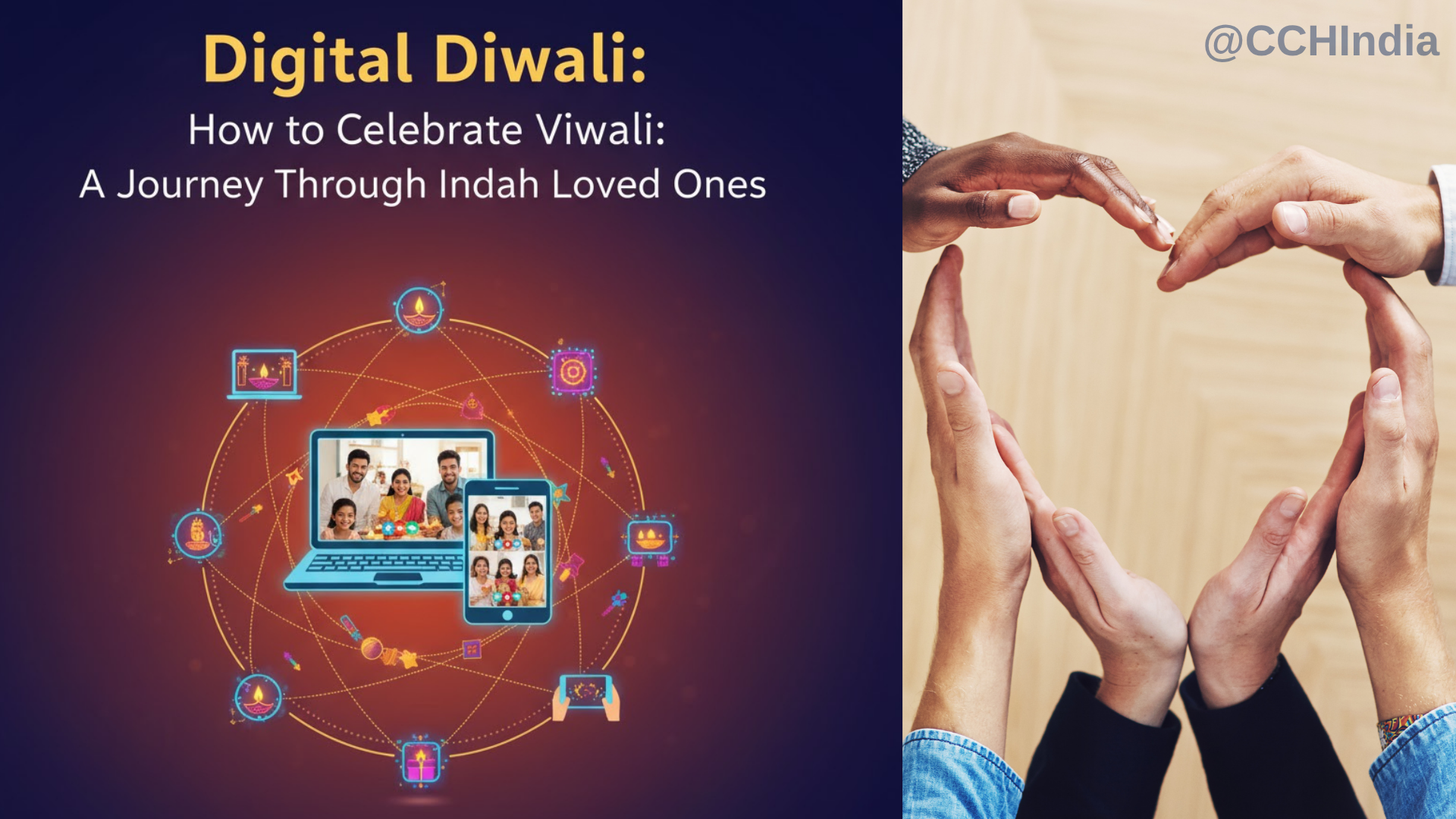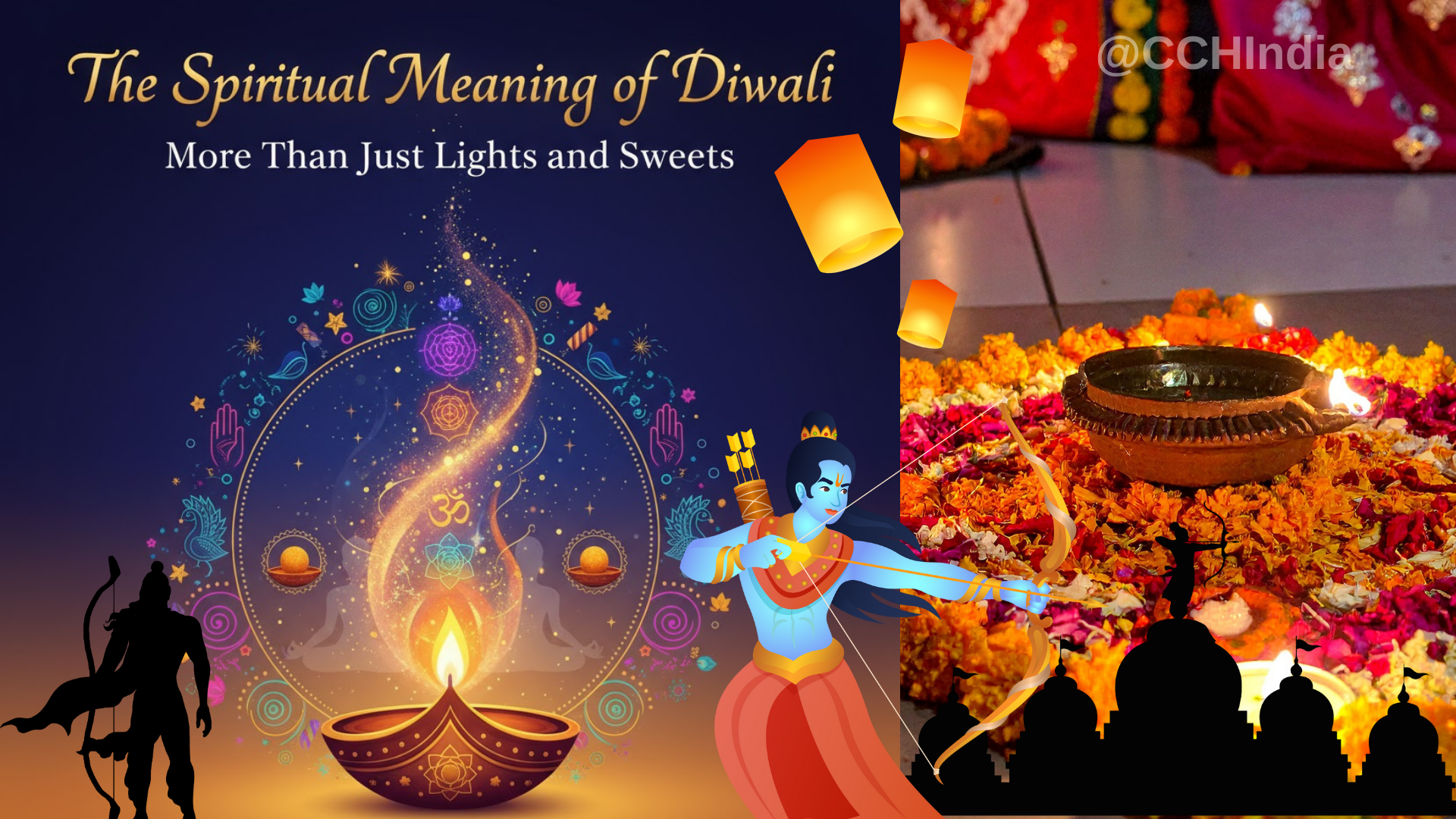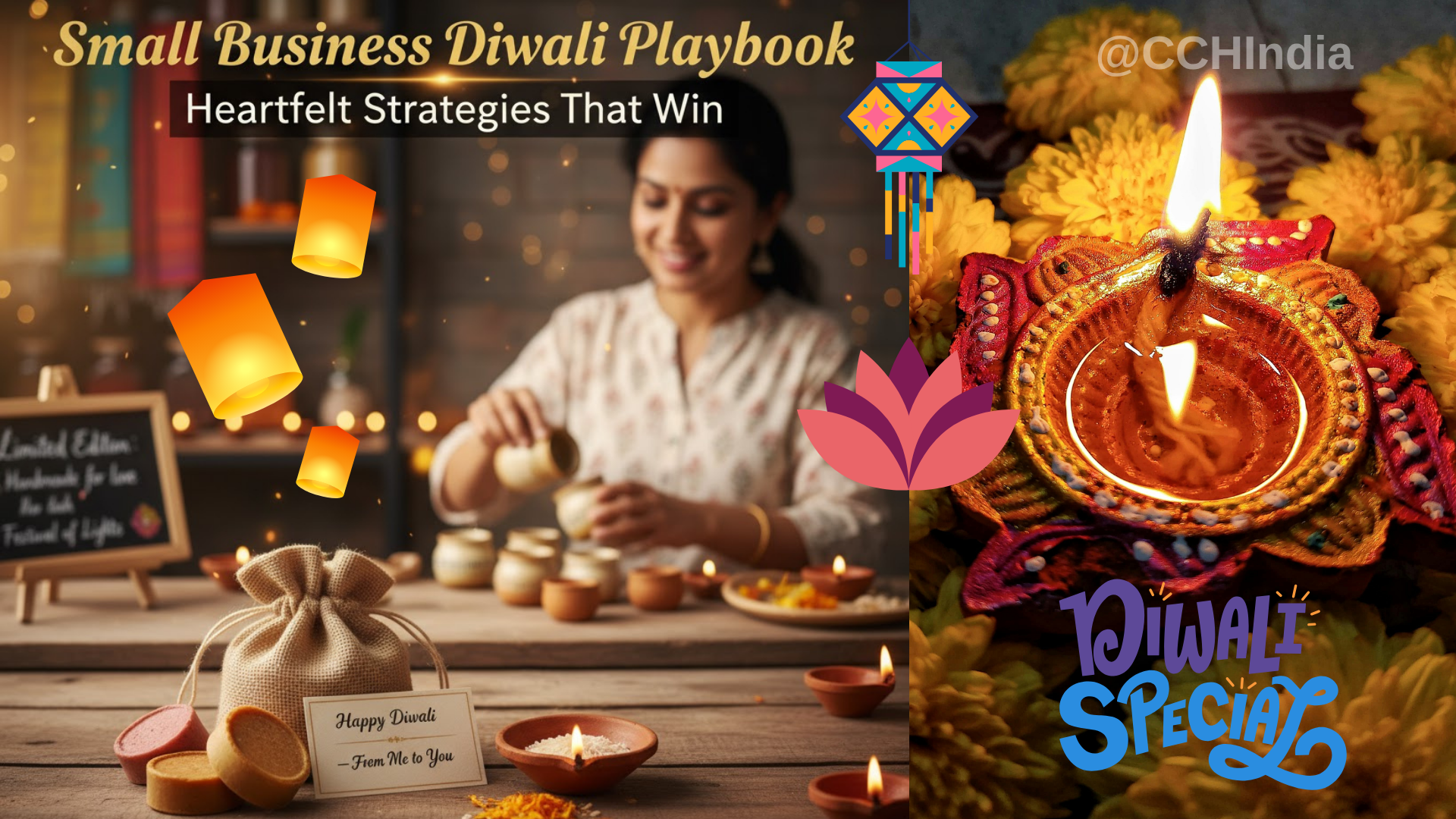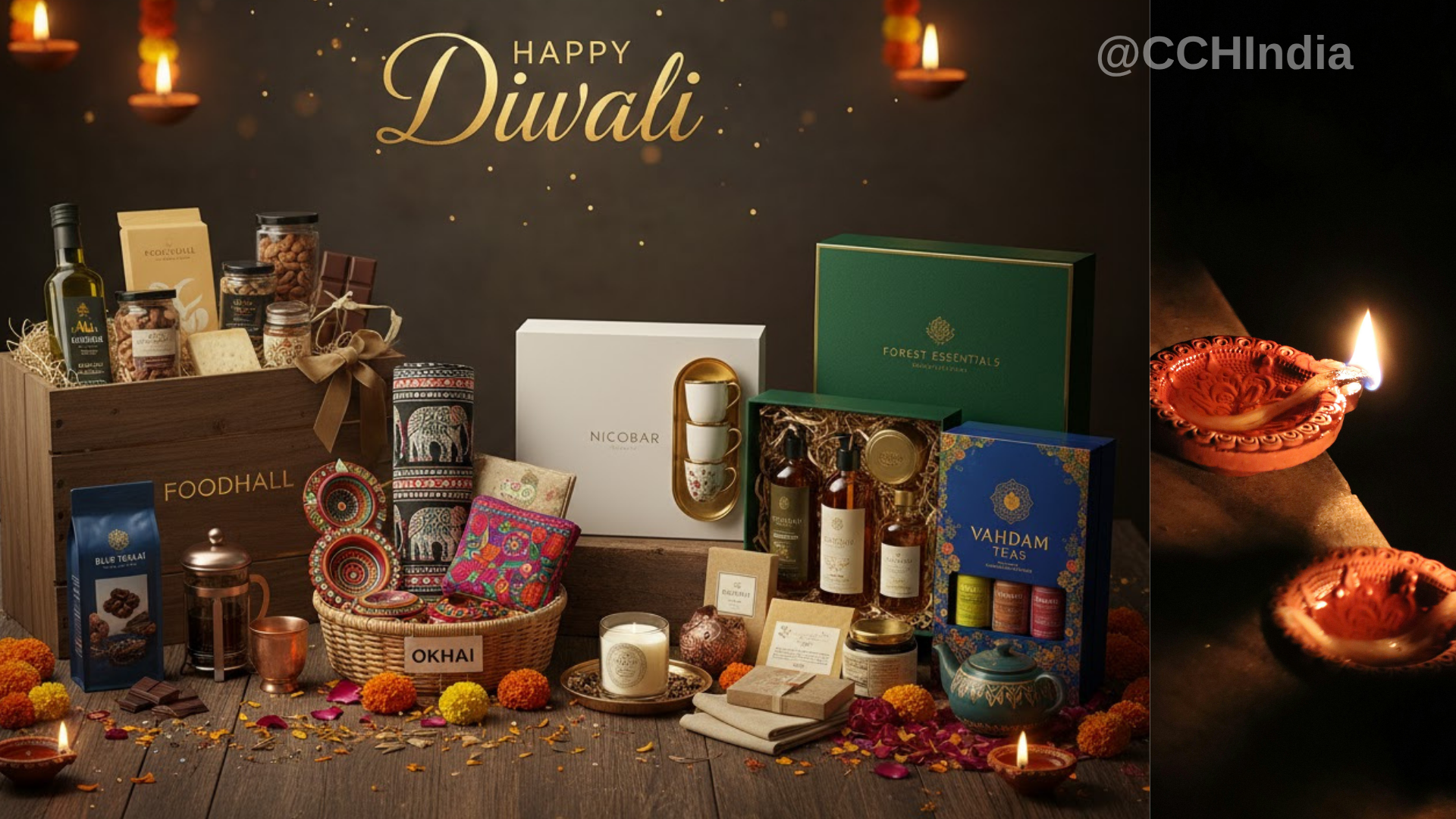I’ve always found it funny how we call Diwali a “single festival,” when, honestly, it's a hundred festivals disguised as one. Growing up, I thought everyone lit diyas, burst crackers, ate laddoos, and called it a day. But then I travelled. I listened. And I realised—India doesn’t celebrate Diwali; India personalises Diwali.
North India – The Homecoming of Ram, and a Sky Full of Crackers
In Uttar Pradesh and Bihar, Diwali feels like a homecoming story straight out of mythology. People tell the tale of Lord Ram returning to Ayodhya, and they light lamps like they’re trying to guide him home even today. The rooftops glow, kids run with anars and chakris, and someone in every street is yelling, “Bas ek aur phodunga!”
But here’s the emotional bit: after Lakshmi Puja, families sit together, quietly counting blessings. It's not loud anymore. It becomes personal.
West Bengal – Not Diwali, But Kali Puja’s Fierce Devotion
Walk into West Bengal during Diwali and you'll notice—there are no rows of diyas. Instead, you’ll find fierce, mesmerising idols of Goddess Kali. This isn’t the calm of Lakshmi; it's the fire of Shakti. Offerings of hibiscus flowers, drums beating in the night, and a devotion that feels… untamed.
I once asked a Bengali friend, “Don't you miss the diyas?” She laughed, “We don’t light lamps—we light faith.”
Gujarat – Night of Lakshmi, Dawn of New Year
In Gujarat, Diwali is just the beginning. The real magic is Bestu Varas, the Gujarati New Year. Homes are decorated with beautiful Sathiya symbols, doors are marked with torans, and everyone’s favourite line becomes, “Navo saal mubarak!”
Shopkeepers open new account books, scribbling Shubh Labh like a quiet prayer for prosperity. It’s business, but with a soul.
Maharashtra – Faral, Family & Something More Intimate
If you’re ever in Maharashtra during Diwali, someone will force-feed you chakli, karanji, and shankarpali. They call it faral, but I call it edible love. Mornings begin with abhyang snan (the oil bath), and honestly, I didn’t get the hype until I tried it. You step out feeling brand new, like the year’s weight was scrubbed off your back.
Here, Diwali isn't loud. It's warm. It smells like ghee and festivals tucked in between family gossip.
South India – Crack of Dawn, Not Night
South India flipped all my Diwali assumptions. In Tamil Nadu, Naraka Chaturdashi begins before sunrise. Yes, while the rest of us are snoring, they’re already bathing, bursting crackers, and celebrating the defeat of Narakasura.
Kerala? They don’t make a huge fuss. But when they light that single deepam at dusk, you can feel the silence. The kind that speaks.
And Andhra Pradesh has its own twist — sharing sweets, exchanging trays of homemade treats, like a ritual of goodwill. No debate. Just tradition.
Punjab – Diwali Meets Bandi Chhor Divas
In Punjab, Diwali is stitched with the Sikh celebration of Bandi Chhor Divas, when Guru Hargobind Ji returned from captivity. Golden Temple glows like it’s wearing stars. Instead of firecrackers, you’ll see the reflection of a million lamps dancing on holy waters.
Faith here doesn’t shout — it shines.
Rajasthan – Forts, Folk and Festive Pride
Rajasthan during Diwali looks like a postcard that came to life. Royal forts sparkle, markets flood with leheriya dupattas and bandhani turbans, and women draw huge aipan and mandana rangolis with rice paste.
And yet, after all the grandeur, every home returns to the same moment—Lakshmi Puja, with folded hands and whispered hopes.
So, What Is Diwali Really?
Is it Ayodhya’s lamps or Bengal’s fire? Gujarat’s ledgers or Tamil Nadu’s dawn?
Maybe... it’s none of these and all of these.
Because Diwali isn’t one story. It’s countless households saying the same thing differently —
“Come home, light, we’ve been waiting.” 🪔
If you’ve grown up thinking Diwali is just fireworks and sweets… travel once during those days. Listen to the bells, the drums, the silences. You’ll realise — Diwali isn’t celebrated.
It’s interpreted.


